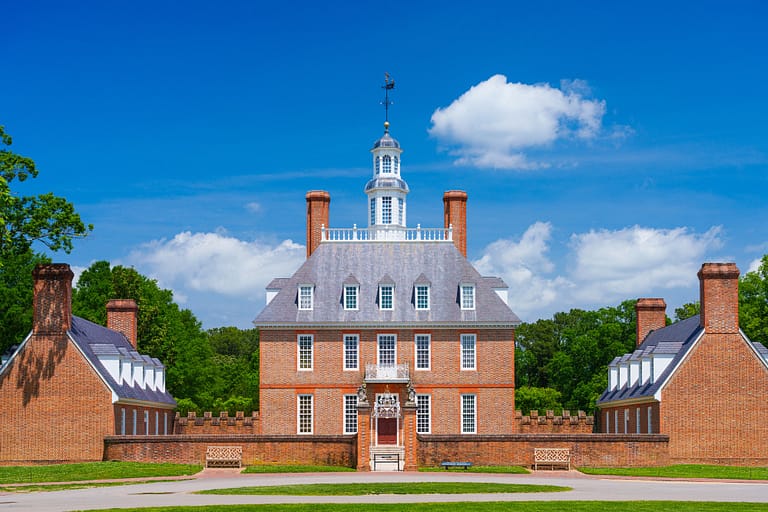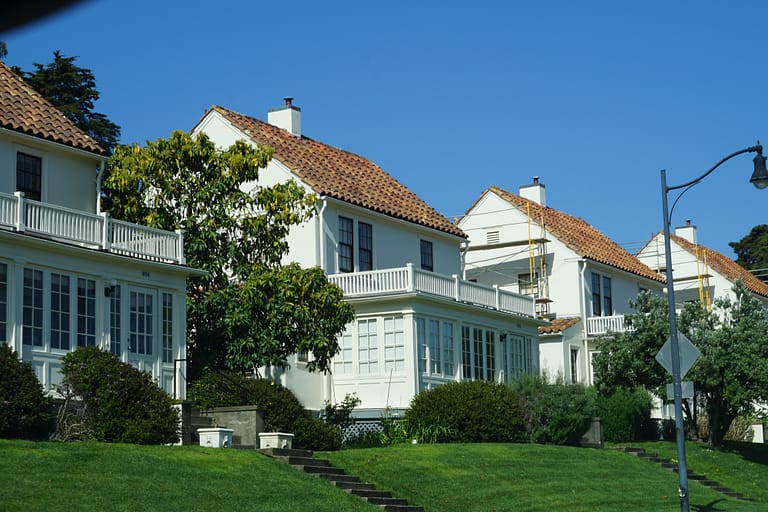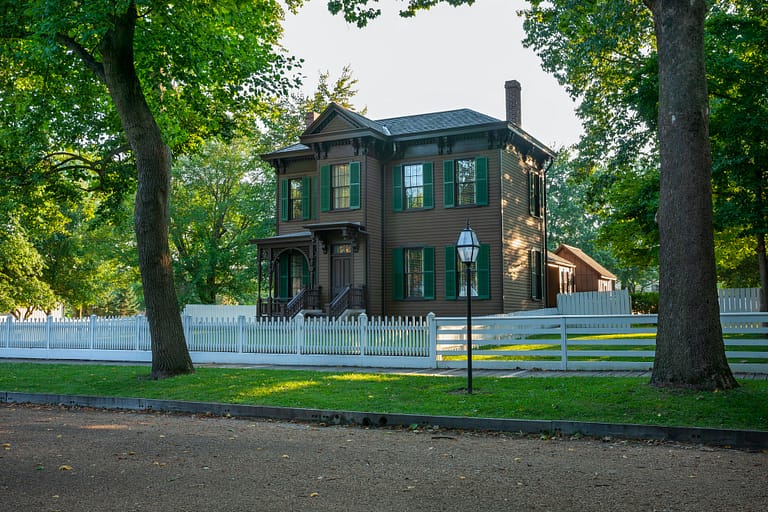The Dallas Historic Homeowner
Are you interested in owning a piece of history? The Dallas Historic Homeowner is your one-stop shop for everything related to historical homes in the DFW area.
On this site, you can find listings of charming historical homes for sale and learn about the benefits of owning a piece of Dallas history. You'll also gain access to cultural experiences and historic sites, as well as valuable information on affordability, financial planning, and resources from the Texas Real Estate Commission.
Additionally, you can explore market statistics, read insightful blog posts, and discover details about different communities.
Get ready to start your journey as a historic homeowner with confidence and freedom.
Key Takeaways
Are you looking to own a piece of history? The Dallas Historic Homeowner is the perfect place for all things related to historical homes in the DFW area.
On this site, you can find listings of charming historical homes for sale and learn about the benefits of owning a piece of Dallas history. You'll also gain access to cultural experiences and historic sites, as well as valuable information on affordability, financial planning, and resources from the Texas Real Estate Commission.
Furthermore, you can explore market statistics, read insightful blog posts, and discover details about different communities.
Prepare to start your journey as a historic homeowner with confidence and freedom.
The History of Dallas Historic Homes
Delve into the fascinating history of historic homes in Dallas, each playing a pivotal role in shaping the city's architectural landscape.
For example, Munger Place, established in 1905, stands as the first deed-restricted neighborhood in Texas. Similarly, the Aldredge House, influenced by English Georgian and French Renaissance styles, exudes timeless elegance.
These homes not only reflect Dallas's past but also contribute significantly to its historical identity. Efforts by the Munger Place Historic District Association are crucial in preserving and celebrating these architectural gems.
Furthermore, the Living History Tours at the Aldredge House provide a unique opportunity to immerse visitors in the lives of the first residents and community members, breathing life into the past.
As monuments are erected and personalized brick pavers adorn the area, the significance of historic homes in Dallas remains paramount.
Preserving Architectural Features
When you preserve architectural features in historical homes in Dallas, you play a vital role in maintaining the city's rich cultural heritage and ensuring the longevity of its distinctive design elements.
Actively preserving architectural features contributes to the charm and character of your neighborhood, fostering a sense of community pride and historical appreciation.
This can include maintaining original brickwork, restoring intricate woodwork, or preserving unique period detailing. These efforts help uphold the integrity of the historic district and Munger Place, celebrating the city's architectural legacy.
Embracing the responsibility of preserving architectural features allows you to leave a lasting legacy for future generations, ensuring that the unique design elements of historical homes continue to captivate and inspire.
Restoring Original Materials
If you want to maintain the historical integrity of your Dallas home, consider restoring original materials like brick pavers and woodwork. Preserving these elements not only adds charm to your property but also connects you to the living history of the area. Restoring original materials is a tangible way to honor the past and ensure its legacy for future generations. Below, you can find ways to participate in the preservation efforts of the historic district.
| Membership Benefits | Personalized Bricks | Preservation Support |
|---|---|---|
| Reduced prices for brick purchase | Honor loved ones with personalized bricks | Support the upkeep of historic properties |
| Engage with the community | Become a permanent part of the neighborhood | Contribute to the preservation of architectural heritage |
| Get involved in restoration projects | Leave a lasting legacy in the neighborhood | Ensure the continued upkeep of historic properties |
Landscaping and Outdoor Restoration
Landscaping and outdoor restoration play a vital role in preserving the historical charm of your Dallas-Fort Worth home. Restoring and enhancing your outdoor space to complement the historical significance of your property is essential.
When focusing on landscaping and outdoor restoration, it's important to research historical garden designs and outdoor trends from the era your home was built. This research will guide your restoration efforts and ensure that you maintain the historical authenticity of your outdoor space.
Additionally, using authentic materials and plants that were popular during the time period will further contribute to preserving the historical charm of your property. It's also beneficial to subtly incorporate modern elements, blending them with the historical landscape to create a balanced and functional outdoor area.
By carefully considering these elements, you can ensure that your outdoor space contributes to the overall historical charm of your Dallas-Fort Worth home.
As you continue to preserve the authenticity of your property, let's explore the next section about renovating kitchens and bathrooms.
Renovating Kitchens and Bathrooms
When you renovate your historic home, it's important to consider the different layout options for the kitchen and the latest trends for bathroom fixtures. Upgrading these spaces can improve the functionality and look of your home while preserving its historical charm.
Striking a balance between modern convenience and maintaining the authentic character of your historic kitchen and bathroom is crucial. Making thoughtful choices can enhance the overall appeal and value of your home.
For example, installing a farmhouse sink in the kitchen or incorporating vintage-inspired lighting in the bathroom can add a touch of historic elegance while still being functional. These are just a few examples of how you can blend modern functionality with historical aesthetics in your home renovation.
Kitchen Layout Options
When renovating your historical kitchen, it's important to consider different layout options that can enhance functionality while preserving its unique charm.
One option to explore is open floor plans, which allow for a seamless flow between the kitchen and adjacent living spaces, creating a sense of openness and freedom.
By incorporating modern amenities such as energy-efficient appliances and smart storage solutions, you can blend historical charm with contemporary convenience.
It's also essential to preserve historical elements like original cabinetry and vintage fixtures to maintain the area's most prominent architectural features while updating the space for modern living.
Bathroom Fixture Trends
Are you wondering how to blend modern bathroom fixtures with the historic charm of your Dallas home? When renovating your bathroom in a historic home, it's essential to incorporate contemporary fixtures while preserving its unique character.
Upgrading to energy-efficient and water-saving fixtures not only enhances comfort but also contributes to sustainability. Look for fixtures that combine modern functionality with timeless aesthetics, such as vintage-inspired faucets or clawfoot tubs.
For inspiration, consider the Exchange Building, known for its historic significance, when blending modern and historical elements. It's important to select fixtures that complement the building's timeless appeal while offering the convenience of modern technology.
Personalize your bathroom with fixtures that reflect your style and values while respecting the heritage of your Dallas historic home.
Managing Historic Home Maintenance
When you maintain your historic home, it's crucial to focus on preserving its historical integrity. One way to do this is by following exterior restoration tips to keep the façade in good condition.
It's also important to create a budgeting strategy for maintenance to ensure you have the necessary funds to address any deterioration and preserve the home's historical features.
This proactive approach can help safeguard the charm and character of your historic home for years to come.
Preservation Best Practices
When managing the upkeep of your historic home, it's essential to conduct regular inspections to identify and address maintenance issues promptly. This proactive approach can help prevent more significant problems in the future.
Moreover, it's crucial to use historically accurate materials for any repairs or renovations to maintain the home's integrity and authenticity. Keeping detailed records of all work done on the historical home, including photographs and receipts, is important for maintaining a comprehensive history of the property.
Seeking professional expertise when dealing with complex maintenance tasks or renovations is also highly recommended. Preservation specialists with experience working with historic homes can offer valuable insights and guidance.
It's also important to stay informed about local preservation ordinances and guidelines to ensure compliance with regulations aimed at preserving historical integrity.
Exterior Restoration Tips
When maintaining the exterior of your historic home, it's crucial to use materials and techniques that align with the home's original construction. You can employ various do-it-yourself (DIY) techniques to uphold the historical charm of your home. Here are some tips to help you:
Wood Restoration: Use wood fillers and epoxy consolidants to repair and restore deteriorated wood surfaces. This preserves the original architectural features.
Masonry Repair: Employ tuckpointing and repointing techniques to restore brick and stone surfaces, maintaining their structural integrity and aesthetics.
Paint Stripping: Use heat guns or infrared paint removers to strip layers of paint without damaging the original material, revealing the authentic historical color and texture.
Maintenance Budgeting Strategies
As a homeowner in Dallas with a historic property, it's crucial to effectively manage maintenance while staying within your budget. This ensures the long-term preservation of your home's historical integrity.
To achieve this, consider the following maintenance checklist:
- Make a detailed list of all the maintenance needs of your historical home.
- Research and prioritize the most urgent maintenance and restoration projects within your budget.
- Set aside extra funds for unexpected repairs or urgent preservation needs.
By following these strategies, you can proactively manage the maintenance of your historic home. This preserves its historical integrity while staying within your budget.
Now, let's move on to the next section about financing your historic home project.
Financing Your Historic Home Project
If you're planning a project for your historic home, you have several options for financing.
Traditional mortgage loans, renovation loans, and government-backed programs are available to support preservation efforts.
Traditional mortgage loans offer competitive interest rates and terms, while renovation loans provide extra funds for home improvements.
Government-backed programs, such as Federal Housing Administration (FHA) 203(k) loans, can be advantageous for historic home projects due to lower down payment requirements and flexible eligibility criteria.
Additionally, consider researching grant programs from local, state, or national preservation organizations to potentially receive financial assistance for your historic home project.
Understanding these financing options and grant programs can help you make informed decisions to support your historic home ownership and preservation goals.
Frequently Asked Questions
What Is the Historic Tax Credit in Dallas?
In Dallas, the historic tax credit provides tax benefits for restoring historic properties. This encourages investment in preserving and maintaining historically significant buildings, contributing to neighborhood revitalization and cultural heritage. This incentive is important for preserving the city's history and character while also boosting economic development in the area. Additionally, property owners can take advantage of this program to offset the costs of renovating and maintaining these valuable historic properties.
What Is a Certificate of Appropriateness in Junius Heights?
In Junius Heights, if you plan to make any changes to the exterior of a property, you must obtain a Certificate of Appropriateness. This certificate is necessary to preserve the historical and architectural character of the neighborhood. To get approval, you need to submit an application to the Landmark Commission for their review.







